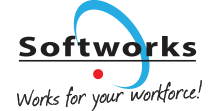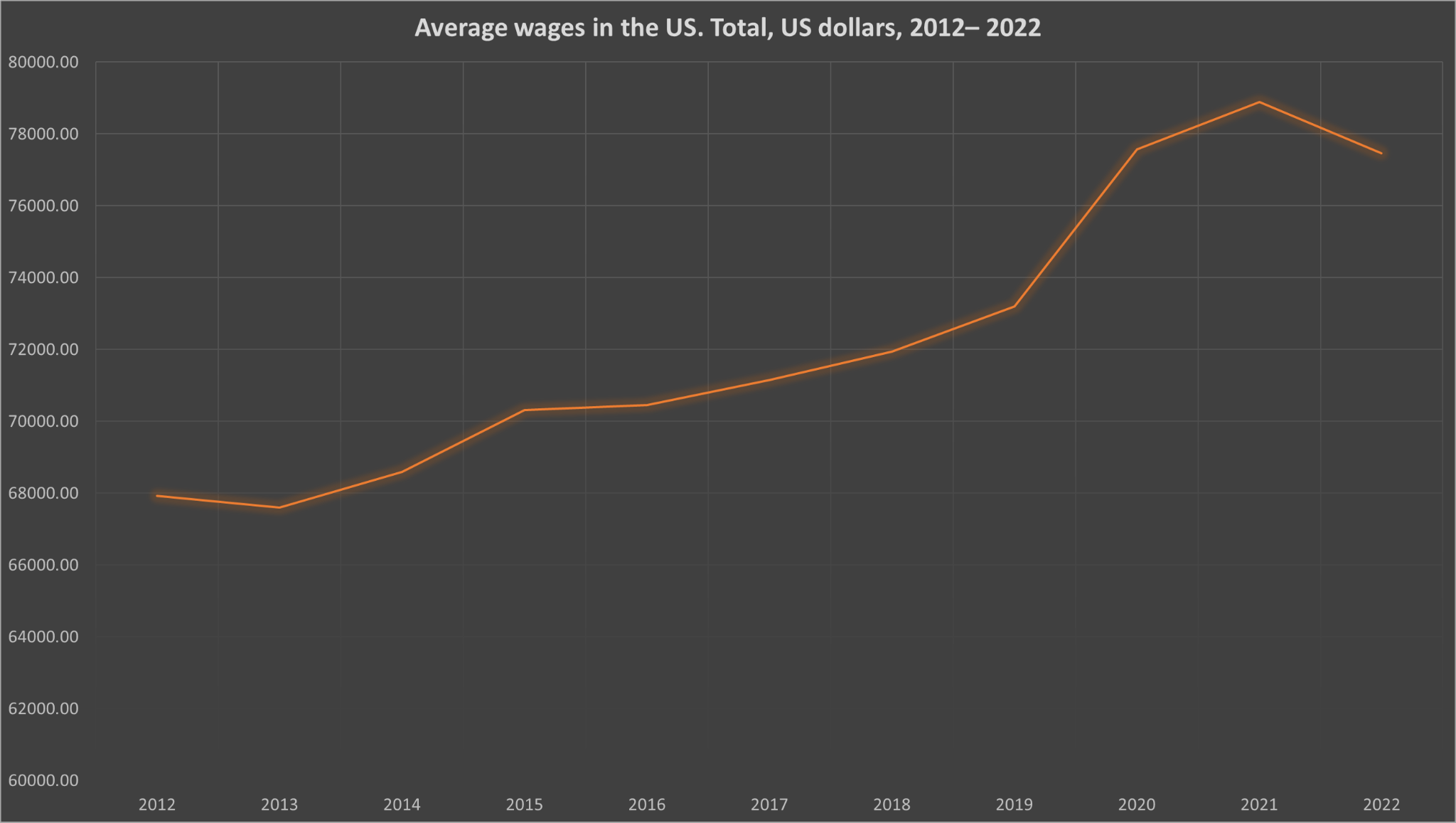Across North America and the rest of the world, labor shortages are presenting complex challenges for industries striving to rebound and grow in the post-pandemic era. In Canada, the second quarter of 2023 has seen a subtle employment increase, yet job vacancies remain high, signaling an enduring gap in the labor market. Meanwhile, in the United States, despite the creation of numerous jobs, sectors like leisure, hospitality, and professional services are grappling with high quit rates and a competitive hiring landscape.
This dichotomy of unemployment coexisting with labor shortages underscores the urgency for innovative solutions. As businesses in both countries navigate these shortages, it’s clear that traditional approaches are no longer sufficient. Comprehensive strategies that address competitive compensation, work-life balance, and workforce upskilling are vital for attracting and retaining the talent necessary to drive economic growth and stability.
Strategy 1: Competitive Compensation
Data from the last decade shows a consistent rise in average wages in the United States, with figures escalating from $67,928 in 2012 to a peak of $78,894.28 in 2021 before a slight dip to $77,463.47 in 2022. This trend underscores the necessity for businesses to offer attractive wage packages to draw and retain top talent.

A competitive salary is more than just a number—it’s a signal to potential employees about the value a company places on its workforce. By analyzing local wage standards, evaluating industry benchmarks, and considering the broader economic context, companies can structure compensation packages that are both fair and appealing. This not only helps in filling vacancies but also in reducing turnover rates, ultimately fostering a dedicated and stable workforce.
Strategy 2: Comprehensive Benefits
A robust benefits package is more than a perk—it’s a pivotal factor in an employee’s decision to join or stay with a company. In her systematic review, Xinyi Li (2023) underscores the significant positive impacts of employee benefits on business performance.

Employers should view benefits as strategic investments. Customizing them to employee needs—like flexible hours for work-life balance, comprehensive healthcare, mental health support, and retirement planning—can bolster job satisfaction and loyalty.
As businesses tailor these offerings, they should communicate the value clearly, ensuring employees understand the full breadth of their compensation beyond the paycheck. This strategy not only attracts talent but also nurtures a committed and productive workforce, ultimately driving business success.
Strategy 3: Ensuring Workplace Safety
A safe workplace is a fundamental right and a crucial component of job satisfaction. Employers must prioritize creating an environment where safety protocols are not just adhered to but are part of the company culture.

This involves regular training, transparent communication about safety policies, and the provision of the necessary tools and equipment to ensure a hazard-free workplace. By doing so, businesses signal to current and prospective employees that their well-being is paramount, which can greatly enhance loyalty and productivity. A commitment to safety can also serve as a competitive edge in attracting talent, especially in industries where physical work is involved.
Creating a safety-first workplace is not only ethically sound but also a smart strategic move in a comprehensive employee retention plan.
Strategy 4: Career Advancement Opportunities
Elevating the importance of career growth, businesses can significantly enhance their appeal to ambitious professionals by offering systematic career advancement opportunities.

This can include leadership training programs, access to continuing education courses, and cross-departmental projects that allow employees to gain diverse experience within the company. By actively promoting from within and recognizing talent, companies send a clear message that they value and reward growth and achievement. Creating individualized development plans, encouraging goal setting, and providing constructive feedback can further foster an environment where employees feel their career goals are supported.
Such an investment in human capital not only boosts morale but also equips the organization with a versatile and highly skilled workforce, prepared to navigate the challenges of an evolving business landscape.
Strategy 5: Flexible Working Conditions
Companies are increasingly adopting flexible work arrangements, including remote work, flexitime, and compressed workweeks, to meet these demands. This flexibility not only makes jobs more attractive and accessible but also caters to the diverse lifestyle needs of employees, leading to enhanced job satisfaction and lower turnover rates.

Effective implementation of flexible work policies requires clear guidelines and consistent communication. Leveraging tools like Softworks Workforce Management Software can further streamline this process. This technology aids in efficiently managing and monitoring work schedules, ensuring that the company’s operational needs are met without compromising employee flexibility.
To implement flexible working conditions effectively, consider the following steps:
- Develop a Flexible Work Policy: Clearly define what flexible working means in your organization.
- Train Managers and Staff: Ensure everyone understands how to use and manage flexible work arrangements.
- Technology Integration: Utilize tools like Softworks Workforce Management Software for efficient schedule management.
- Monitor and Adjust: Regularly review the effectiveness of your flexible working arrangements and make adjustments as necessary.
Ultimately, adopting flexible working conditions is about striking a balance between organizational objectives and individual employee preferences, creating a workplace culture that prioritizes and supports the well-being of its workforce.
Learn more: Flexible Working Software by Softworks
Strategy 6: Streamlined Hiring Process
Simplifying the application and interview process, using technology for efficient screening, and ensuring timely communication can significantly enhance the candidate experience. This approach not only shortens the time to hire but also positions the company as efficient and respectful of candidates’ time.

A streamlined hiring process is crucial for attracting top talent in a competitive labor market. Simplifying the application and interview process, using technology for efficient screening, and ensuring timely communication can significantly enhance the candidate experience. This approach not only shortens the time to hire but also positions the company as efficient and respectful of candidates’ time.
An efficient hiring process also reflects an organization’s agility and adaptability, appealing qualities in today’s fast-paced business environment. Focusing on these aspects ensures that the right talent is onboarded swiftly and effectively, aiding in the overall growth and stability of the company.
To optimize the hiring process, businesses should consider these steps:
- Simplify Application Forms: Ensure that the application form is straightforward and only asks for essential information.
- Leverage Technology: Use Applicant Tracking Systems (ATS) for efficient resume screening and scheduling interviews.
- Structured Interview Process: Develop a consistent interview format to fairly assess all candidates.
- Prompt Communication: Keep candidates informed throughout the process with timely updates.
- Feedback Mechanism: Implement a system to gather feedback from candidates, which can be used to improve the hiring process.
- Onboarding Integration: Seamlessly transition from hiring to onboarding to ensure a smooth start for new employees.
By following these steps, companies can make their hiring process more efficient, candidate-friendly, and effective in securing the right talent.
Conclusion
In conclusion, the strategies presented form a comprehensive approach to addressing labor shortages. They encompass competitive compensation, comprehensive benefits, a commitment to workplace safety, career advancement opportunities, flexible working conditions, and a streamlined hiring process.
Each of these strategies plays a crucial role in not only attracting but also retaining the talent essential for sustaining and growing a business in today’s dynamic job market. By implementing these strategies, companies can create a supportive and appealing work environment, crucial for building a resilient and capable workforce.
SOURCES
- Statistics Canada (2023) – Analysis on labour challenges in Canada, second quarter of 2023 by Katarina Canaj, Shivani Sood and Chris Johnston
- U.S. Chamber of Commerce (2024) – Understanding America’s Labor Shortage: The Most Impacted Industries by Stephanie Ferguson and Makinizi Hoover
- OECD (2024), Average wages (indicator). doi: 10.1787/cc3e1387-en (Accessed on 11 January 2024)
- Li, Xinyi. (2023). Employee Benefits and its Impacts on Business Performance-A Systematic Review. SHS Web of Conferences. 170. 10.1051/shsconf/202317003021.
Request a free Demo!
Take the first step towards a complete workforce management solution. Talk to us today!
About Tomislav Rucevic
Tomislav Rucevic, an SEO Specialist at Softworks, stands out as more than just a marketer. He’s a fervent writer and influential thinker passionate about Workforce Management, HR, and work-life dynamics. Holding an MBA in Marketing, Tomislav excels in creating content that delves into the complexities of the modern workplace.
His dedication to writing on these topics is highlighted in his MBA thesis, which examined the link between Employee Motivation and Quality Improvement. At Softworks, he expertly merges his SEO skills with his writing prowess, contributing to the company’s digital success and advancing discussions on enhancing work environments and achieving work-life balance.









